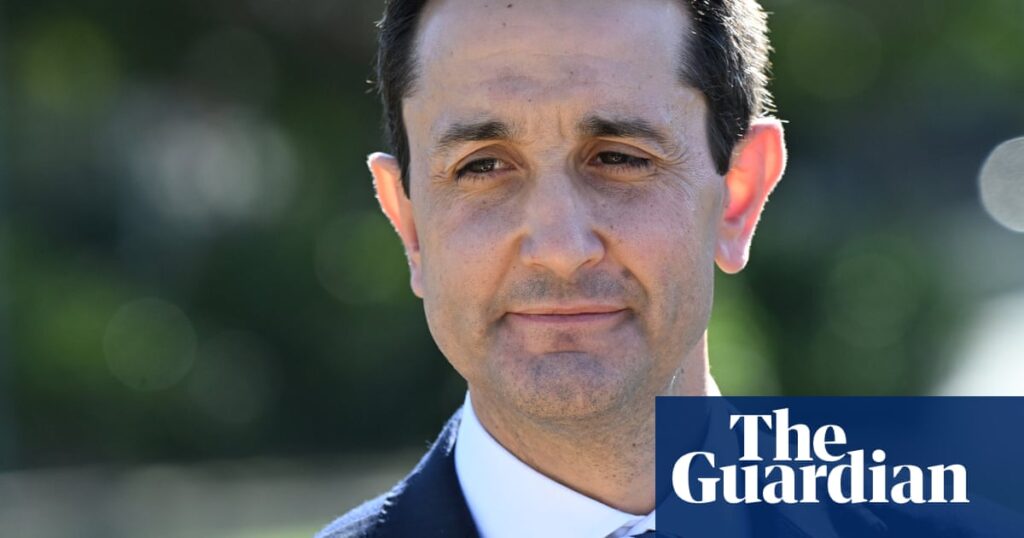
The Queensland Premier, David Crisafulli, has assured residents that his inaugural budget will not introduce austerity measures, even as the state grapples with a projected $218 billion debt. This announcement comes ahead of Tuesday’s state budget, marking the Liberal National Party’s (LNP) first budget since 2014.
The budget presentation is a pivotal moment for the LNP, which last held office under Premier Campbell Newman. The party faced significant backlash in 2015 after implementing severe cuts to public services and proposing asset sales to manage financial deficits. These actions led to their electoral defeat, setting the stage for the current administration’s cautious approach.
Budget Strategy: Avoiding Austerity
Despite the anticipated deficit for the 2025-26 fiscal year, Crisafulli has opted against austerity, emphasizing a respectful approach to public finances. “My choice is respect for people’s money, not austerity. And you can respect people’s money, and you can still build things, and you can still grow the services that people need,” Crisafulli stated on Monday.
The premier highlighted the budget’s focus on resolving “structural changes” in service delivery to ensure sustainable growth for Queensland. “We are fixing the mess we’ve inherited,” he added, pointing to the fiscal challenges left by the previous administration.
Comparative Debt and Economic Outlook
The LNP claims that under their governance, debt would have peaked at $218 billion by 2027-28, whereas Labor contends it would have reached only $176 billion. This discrepancy underscores the ongoing debate over fiscal responsibility and economic planning between the two major parties.
Last year’s budget, crafted by Labor, was heavily geared towards cost-of-living relief, funded largely through borrowing. Measures included permanent 50-cent public transport fares and temporary initiatives like a $1,000 energy rebate and reduced car registration fees.
Infrastructure and Economic Challenges
Queensland is currently in the midst of a $100 billion infrastructure program, partly driven by preparations for the 2032 Brisbane Olympics. However, the state’s financial health faces threats from rising infrastructure costs and a significant decrease in coal revenue, expected to fall by over 50%.
In January, Treasurer David Janetzki acknowledged a likely fiscal downgrade, attributing financial strains to the previous Labor government’s policies. He emphasized the need for a methodical approach to budget repair, stating, “As a government, we have been very calm and methodical about how we’ve undertaken the budget process.”
Investment and Labor Discontent
The 2025-26 budget includes substantial investments, such as $147.9 million for additional police equipment and a $33 billion allocation for the public health system, as reported by the ABC. However, these investments come amid tensions with labor unions, including the Queensland Nurses and Midwives’ Union and the Queensland Teachers’ Union, both of which are dissatisfied with current pay negotiations.
Opposition leader Steven Miles has criticized the government for allegedly halting Labor’s hospital expansion plans and canceling projects, accusing them of breaking promises. “They promised this magic pudding where they could somehow lower taxes, increase spending but have lower debt. That was always based on a lie,” Miles remarked.
Credit Ratings and Future Projections
Despite these challenges, S&P Global Ratings reaffirmed Queensland’s AA+ credit rating last September. However, a midyear fiscal update prompted a revised outlook, warning of potential rapid debt increases. The agency projected that some infrastructure projects might be canceled or altered to curb spending, referencing the decision to cut a major hydroelectric project.
“Queensland’s debt levels will increase to fund spending pressures. We forecast total tax-supported debt will rise to more than 150% of operating revenue in fiscal 2027 from 100% in fiscal 2023,” S&P Global Ratings noted.
As Queensland navigates its financial future, the government’s commitment to avoiding austerity while managing debt and investing in critical services will be closely scrutinized. The outcomes of this budget will likely influence the state’s economic trajectory and political landscape in the years to come.







